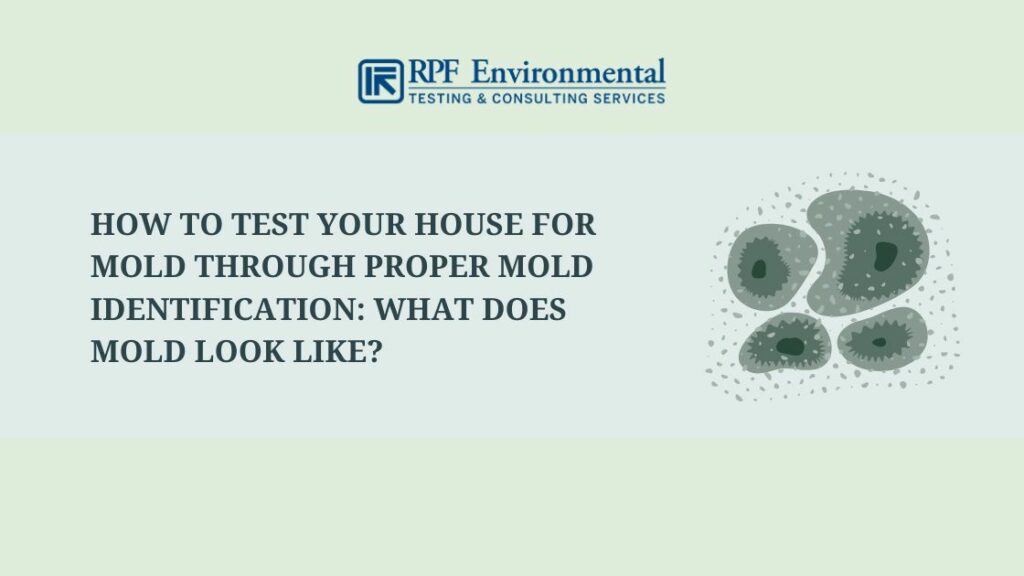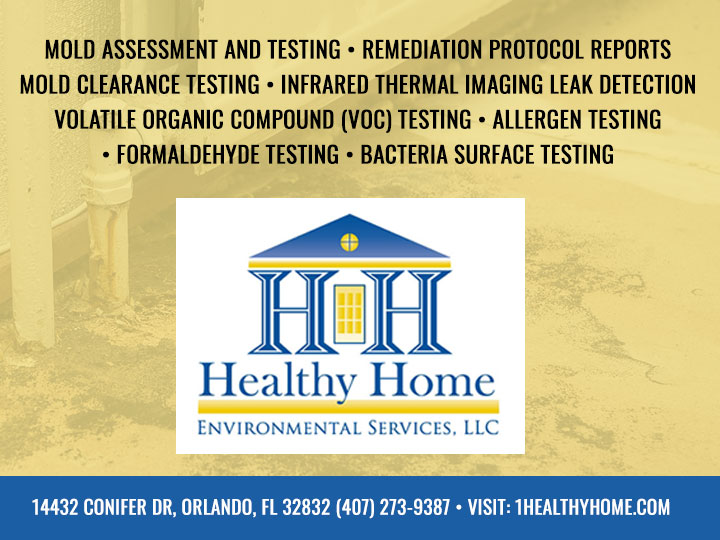The Need of Mycotoxin Testing in Agricultural Products to Guarantee Consumer Security
The requirement of mycotoxin screening in agricultural products is a critical element of public wellness and safety that calls for comprehensive assessment. Mycotoxins, toxic compounds generated by certain fungi, can penetrate numerous crops, leading to considerable wellness risks for consumers, such as cancer causing effects and body organ damages.
Comprehending Mycotoxins
Mycotoxins, poisonous second metabolites produced by certain fungi, provide a substantial risk to farming items and human health. These compounds are produced by numerous species of molds, such as Aspergillus, Fusarium, and Penicillium, which can contaminate crops both pre- and post-harvest - Mycotoxin testing Services. The most common mycotoxins include aflatoxins, ochratoxin A, fumonisins, zearalenone, and deoxynivalenol (DON)
Mycotoxin contamination can take place under details ecological conditions, such as high humidity and temperature, which prefer the development of mold and mildew. Agricultural products like cereals, nuts, seasonings, dried out fruits, and coffee are especially vulnerable. The existence of mycotoxins in these commodities can lead to significant financial losses because of decreased crop returns and the requirement for rigorous screening and purification processes.
Understanding the biochemical nature and formation of mycotoxins is important for developing reliable mitigation strategies. Study has actually shown that mycotoxins show a variety of chemical structures and homes, making detection and elimination tough. Advanced analytical techniques, consisting of chromatography and mass spectrometry, are utilized to recognize and measure mycotoxins in farming products, guaranteeing that contamination degrees stay within secure limitations developed by regulative bodies.
Health Threats of Mycotoxins
Provided the significant dangers connected with mycotoxins in farming products, recognizing their effect on wellness is vital. Mycotoxins, toxic second metabolites created by fungis, position extreme dangers to both animal and human health and wellness. Persistent exposure, also at low degrees, can result in a series of unfavorable health impacts, including teratogenicity, immunosuppression, and carcinogenicity. Aflatoxins, among the most well-known mycotoxins, are classified as Group 1 carcinogens by the International Company for Study on Cancer Cells (IARC), primarily impacting the liver and boosting the threat of hepatocellular carcinoma.
Intense mycotoxin poisoning, although much less common, can cause immediate and severe illness such as liver damage, gastrointestinal disturbances, and hemorrhaging. Ochratoxin A, another powerful mycotoxin, is connected to kidney damages and has prospective cancer causing impacts. Fumonisins, primarily affecting maize, are linked with esophageal cancer cells and neural tube issues.

Common Resources of Contamination
Understanding the typical resources of contamination is vital for effectively managing and alleviating the risks positioned by mycotoxins. Mycotoxins are hazardous second metabolites generated by certain kinds of fungi, which can pollute agricultural products at different stages of production, processing, and storage. browse around this site The primary sources of contamination include field problems, post-harvest handling, and storage space settings.
Field conditions play a significant role, with elements like weather, crop sensitivity, and dirt wellness affecting fungal growth. Crops such as corn, peanuts, wheat, and tree nuts are particularly at risk to mycotoxin-producing fungis like Aspergillus, Fusarium, and Penicillium varieties. Insufficient crop rotation and inadequate bug administration can worsen the danger of contamination.
Post-harvest handling is one more vital stage where contamination can occur. Mechanical damages throughout harvesting and transport develops entrance points for fungis, while incorrect drying techniques can leave dampness levels high enough to support fungal development.
Storage space settings add dramatically to contamination threats. Improperly preserved storage centers with high moisture and temperature level degrees develop excellent conditions for mycotoxin production. Routine assessments and correct storage space conditions are important in Get More Information curbing this threat.
Mycotoxin Checking Techniques
Effective monitoring of mycotoxin contamination hinges not just on recognizing possible sources yet also on applying robust screening methods to find these hazardous substances. Mycotoxin testing techniques can be generally categorized right into chromatographic and immunochemical methods. High-performance fluid chromatography (HPLC) and gas chromatography-mass spectrometry (GC-MS) represent innovative chromatographic methods understood for their high sensitivity and accuracy. These strategies are proficient at evaluating multiple mycotoxins in complicated matrices, making them important for complete evaluation.
On the various other hand, enzyme-linked immunosorbent assay (ELISA) and side flow assays project immunochemical approaches. ELISA, particularly, is widely used due to its cost-effectiveness, simplicity of use, and fast turnaround time. Lateral flow assays supply fast, on-site screening capacities, making them ideal for area applications where immediate decisions are essential.
Furthermore, improvements in molecular biology have actually introduced PCR-based techniques efficient in finding mycotoxin-producing fungi at hereditary levels, supplying an anticipating technique to contamination threat. Incorporating these varied approaches boosts the dependability and comprehensiveness of mycotoxin detection, making sure that agricultural products meet safety and security standards and safeguarding consumers from possible wellness dangers.
Benefits of Regular Examining

Routine mycotoxin screening supplies substantial benefits that substantially strengthen agricultural safety and high quality. Mycotoxins, poisonous substances produced by certain fungi, can pollute food and posture serious health risks, consisting of cancer cells and intense poisoning.
Moreover, consistent screening aids in maintaining the stability and reputation of agricultural manufacturers. By carefully regulating and checking mycotoxin degrees, manufacturers can prevent lawful consequences and pricey recalls. This not just ensures conformity with strict worldwide safety and security standards yet also fosters customer trust and commitment.

Conclusion
The requirement of mycotoxin screening in farming items is highlighted by the considerable health dangers presented by these poisonous substances. It enhances the track record of producers and fosters trust within the farming supply chain, inevitably securing public health and wellness.
The go to these guys necessity of mycotoxin screening in farming products is a crucial aspect of public wellness and security that warrants thorough exam. Mycotoxins, hazardous compounds generated by specific fungis, can infiltrate various plants, leading to significant wellness dangers for consumers, such as cancer causing impacts and organ damages.Mycotoxins, hazardous secondary metabolites generated by particular fungi, present a significant threat to farming products and human health and wellness.Given the significant threats linked with mycotoxins in agricultural items, understanding their influence on health is paramount (Mycotoxin testing Services).The requirement of mycotoxin screening in agricultural items is underscored by the substantial health threats positioned by these poisonous compounds